Unexpected
Something unusual occurred. Their strategies had been thrown off. That’s when they knew they had no other option than to permanently close the hole. What was the reasoning for putting an end to such an extensive search?
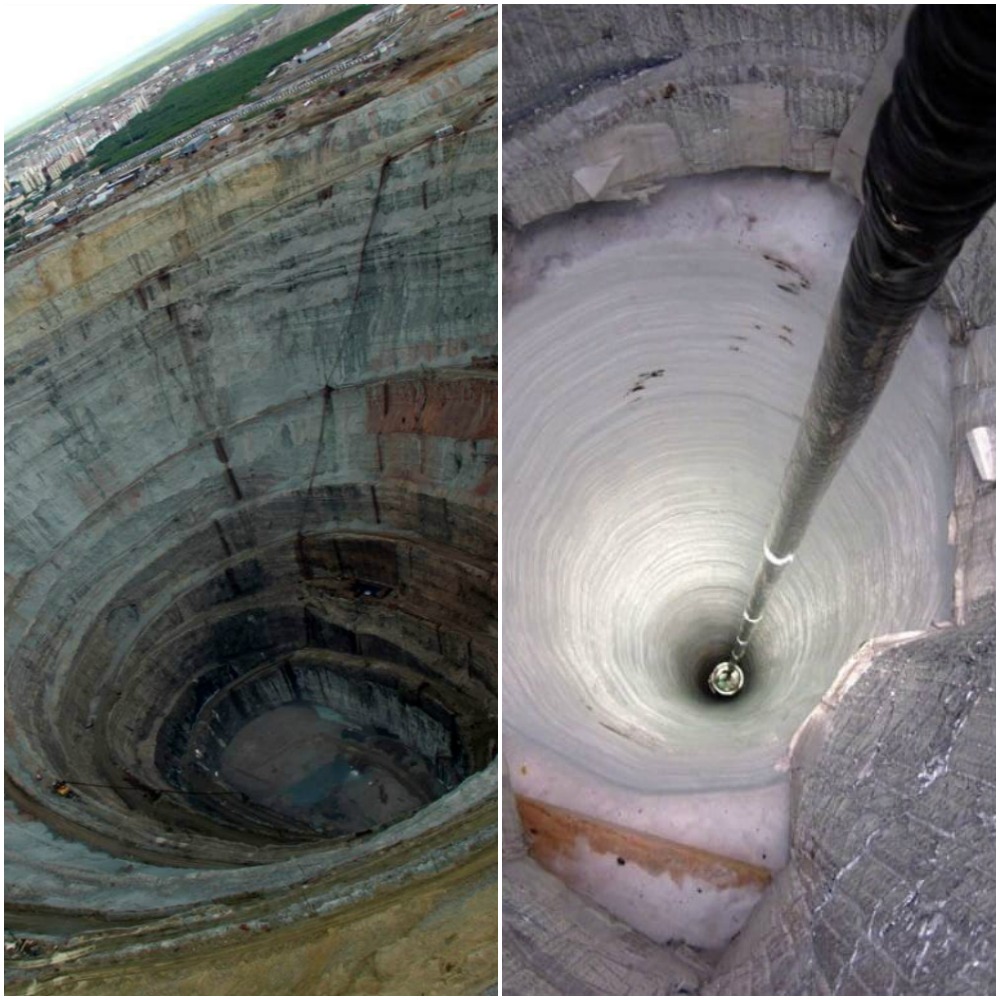
Unexpected
Below and Above
It isn’t surprising to hear that mankind has a fascination for what is hiding below the Earth’s surface. Humans are curious about the unknown, which explains why we feel the need to understand space, the skies, and flight.
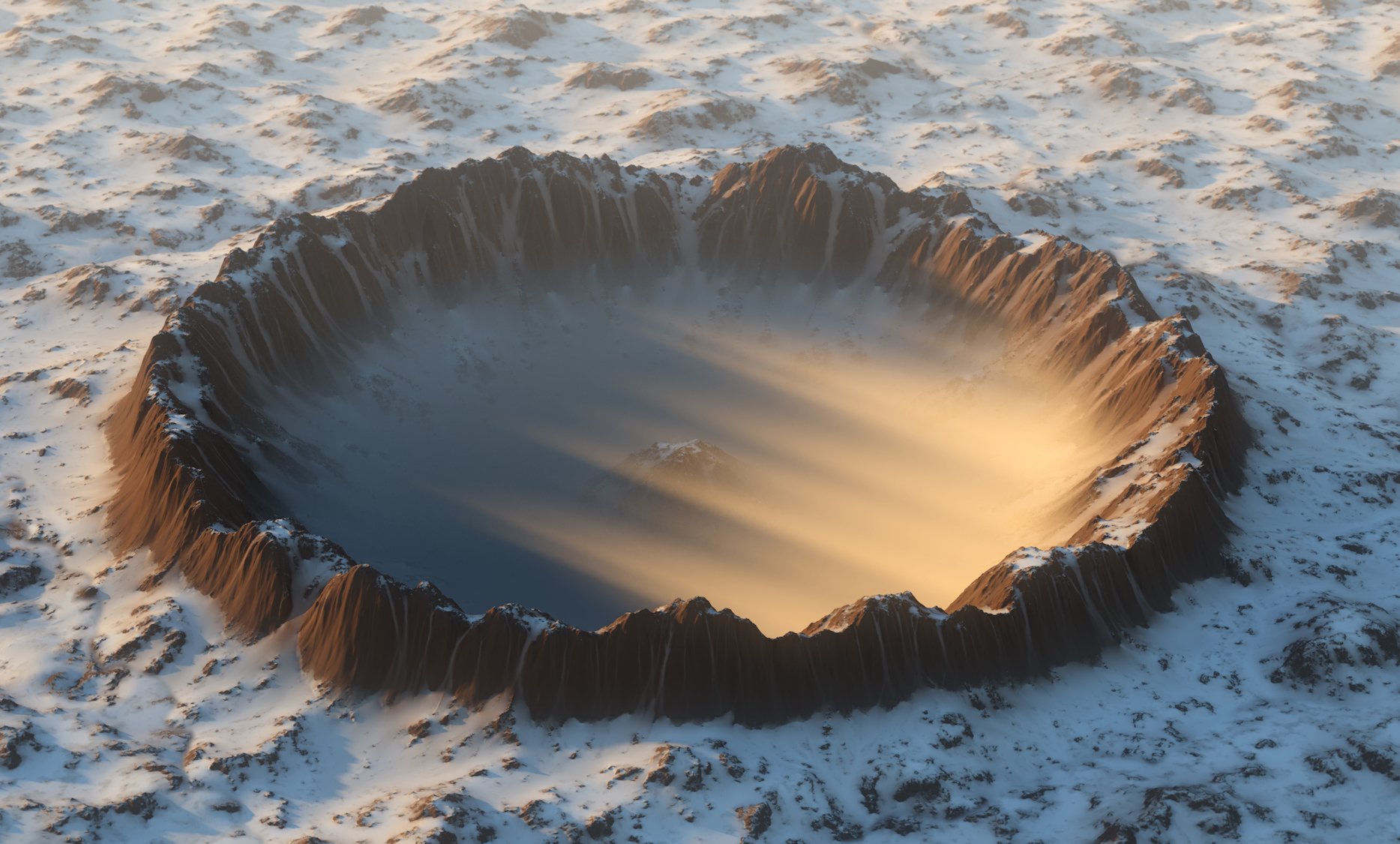
Below And Above
Interesting Discovery
The first artificial satellite was launched in 1957, but this was far from the last time we looked up to the skies. Space exploration is still being conducted today. Nonetheless, what lies beneath our feet is just as interesting.
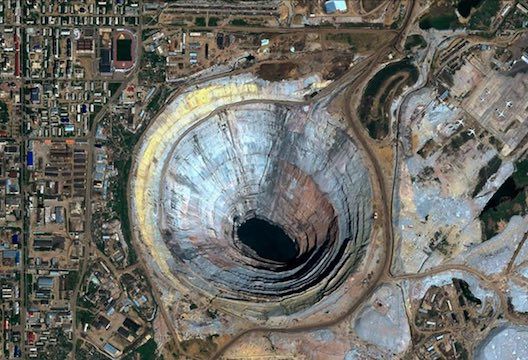
Interesting Discovery
The Cold War
Many individuals believe that we know more about space than what exists below the surface of the earth. We’re sure you’ve heard at least about the space race between the Soviet Union and the US that began during the height of the Cold War.
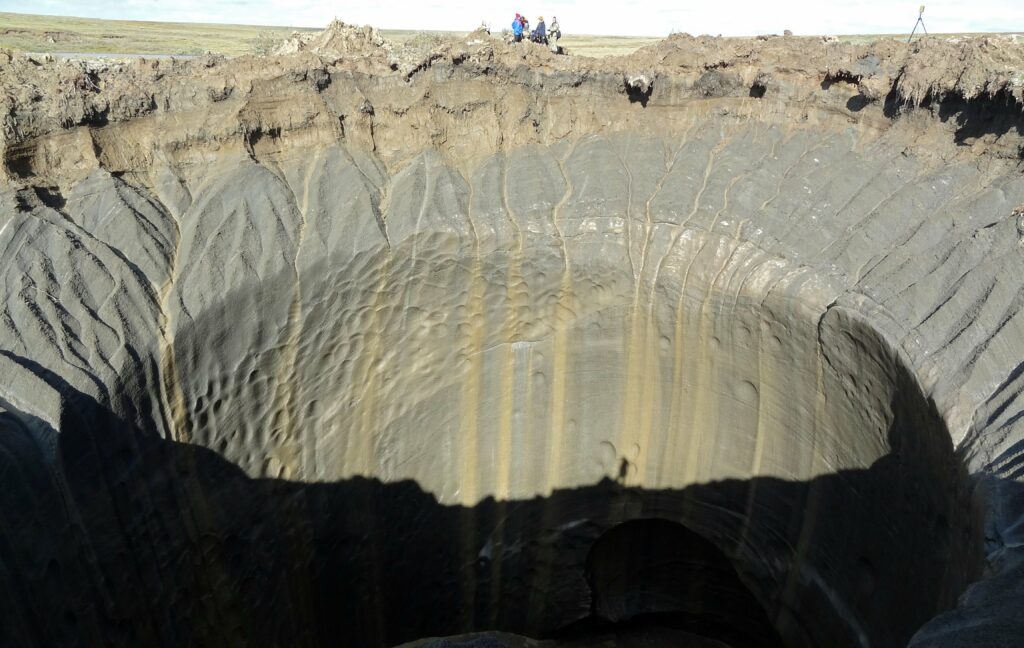
The Cold War
A Race
A lesser-known quest was to conquer the subterranean. Soviet and American scientists began organizing experiments in the name of penetrating the Earth’s crust in the late 1950s. This is part of the Earth that stretches as much as 30 miles towards the planet’s center.
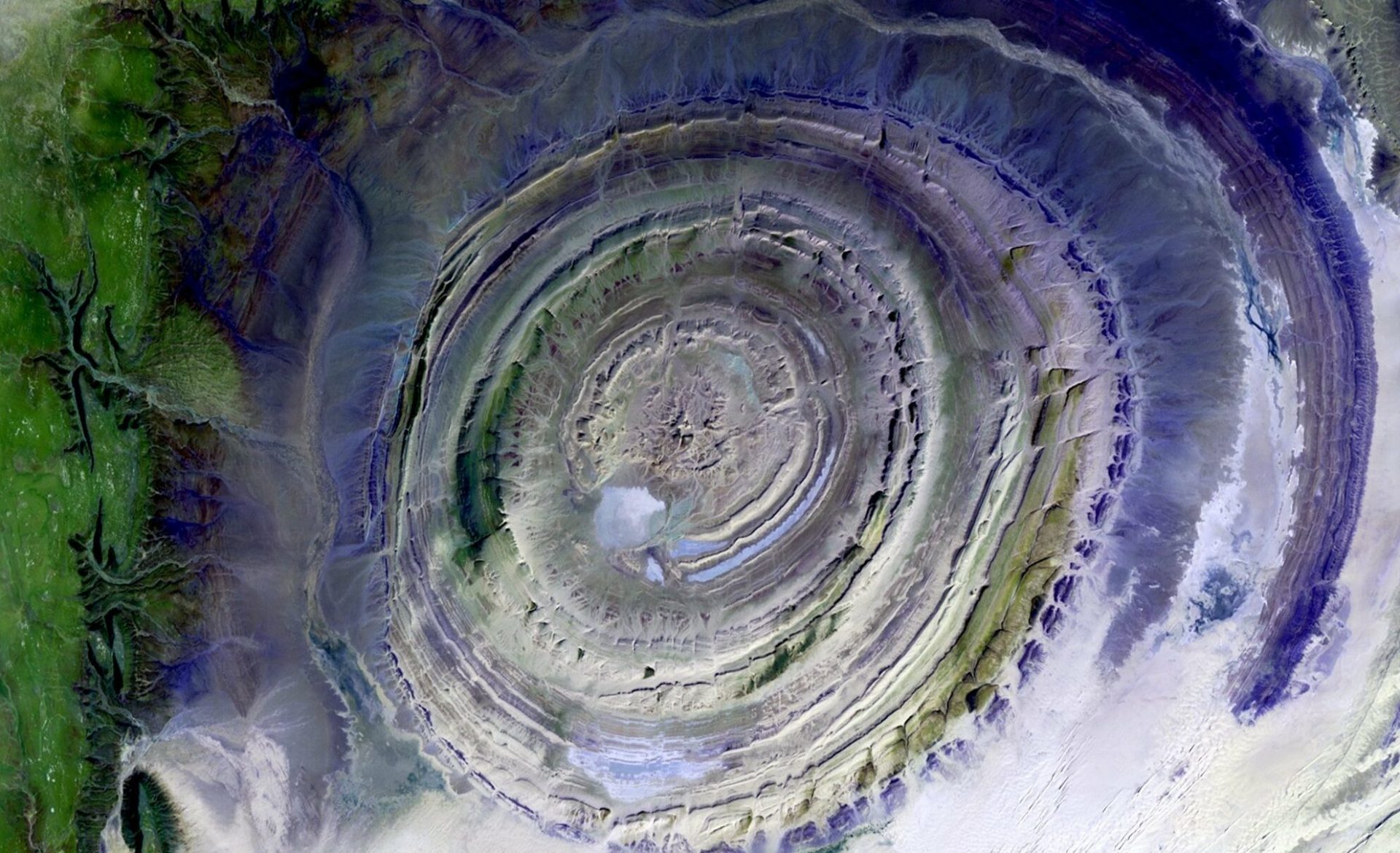
A Race
The Mantle
The mantle is the dense shell of the Earth giving way to the unexplained inner layer and makes up more than 40 percent of the planet’s mass. This quest led to an enticing journey for researchers and scientists.
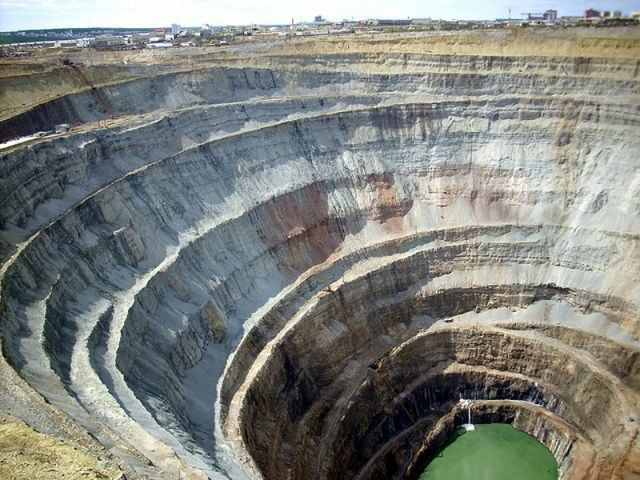
The Mantle
Project Mohole
The US took the lead in 1958 by launching Project Mohole. The project’s location was close to Guadalupe, Mexico. It included a team of expert engineers where they conducted drilling operations through the Pacific Ocean bed.
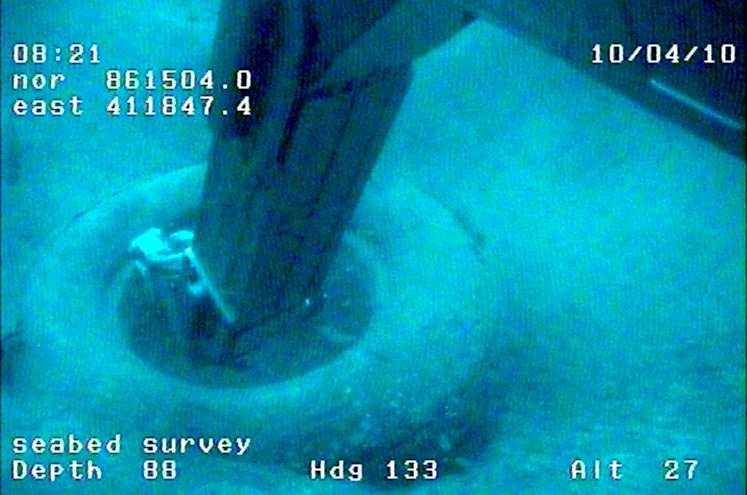
Project Mohole
Touching the Mantle
This team of engineers was able to get down to an impressive depth of over 600 feet. However, Project Mohole was ultimately shelved after 8 years. The Americans were unable to locate the mantle.
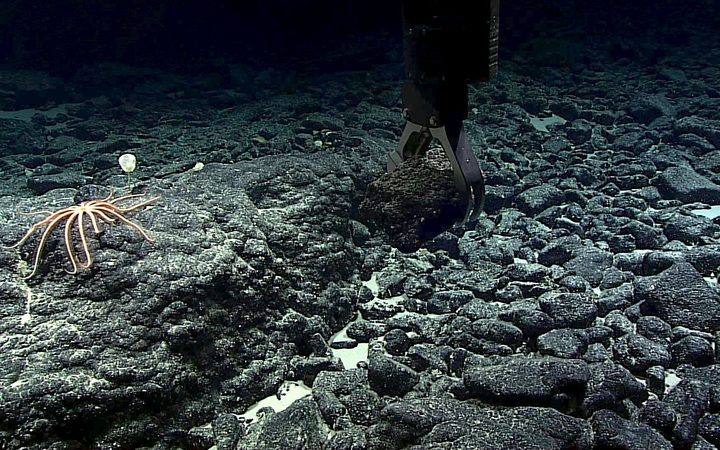
Touching The Mantle
The Soviets
Once this project was shut down, it was time to give the Soviets a shot. A group of researchers decided to drill into the Earth’s crust in an area below the Pechengsky District. This was a different approach to what the Americans did.
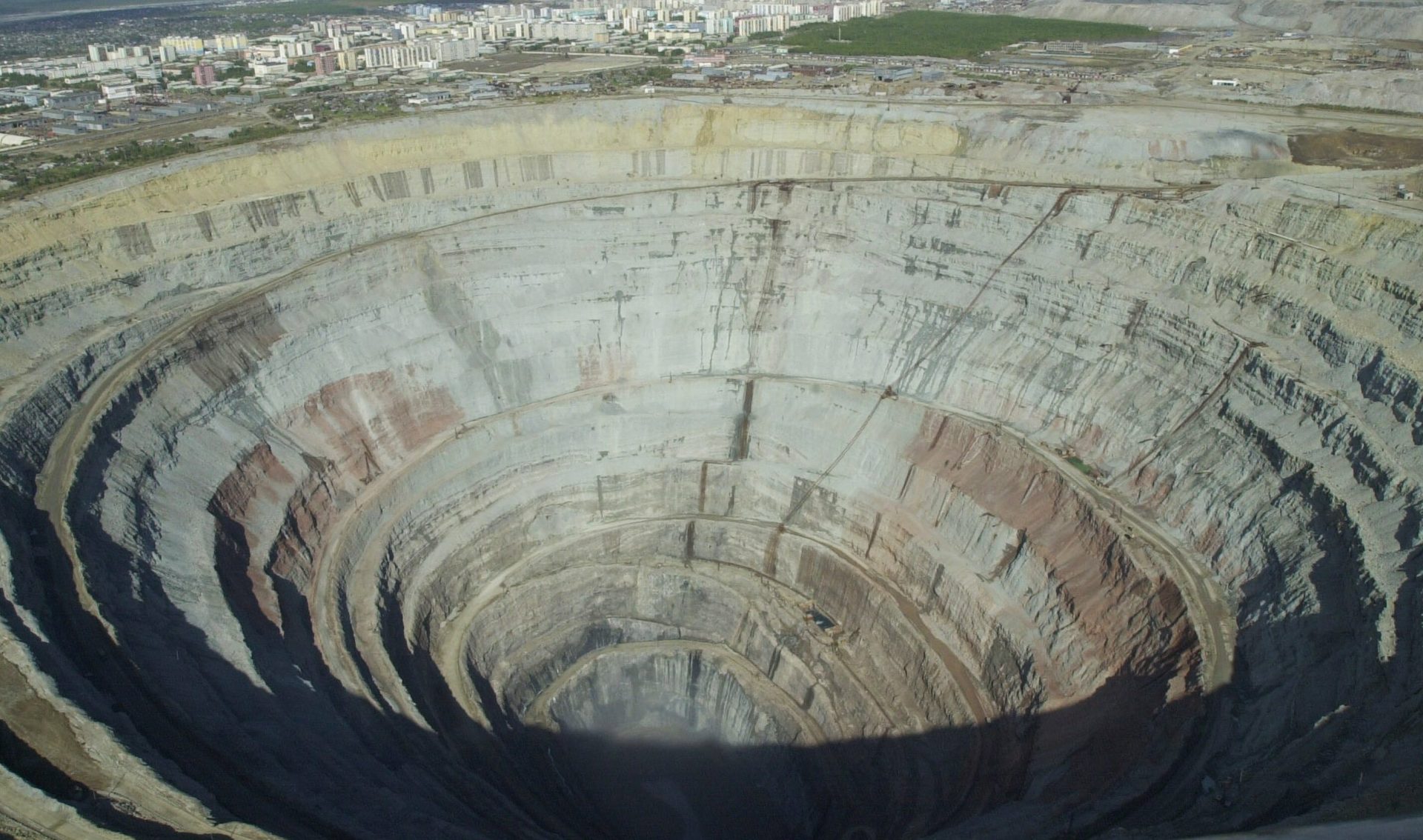
The Soviets
Digging Deep
The drilling project was taking place in an infrequently populated area on the Kola Peninsula. The goal of this project was straightforward. All these researchers needed to do was dig as far as they could into the Earth’s crust.
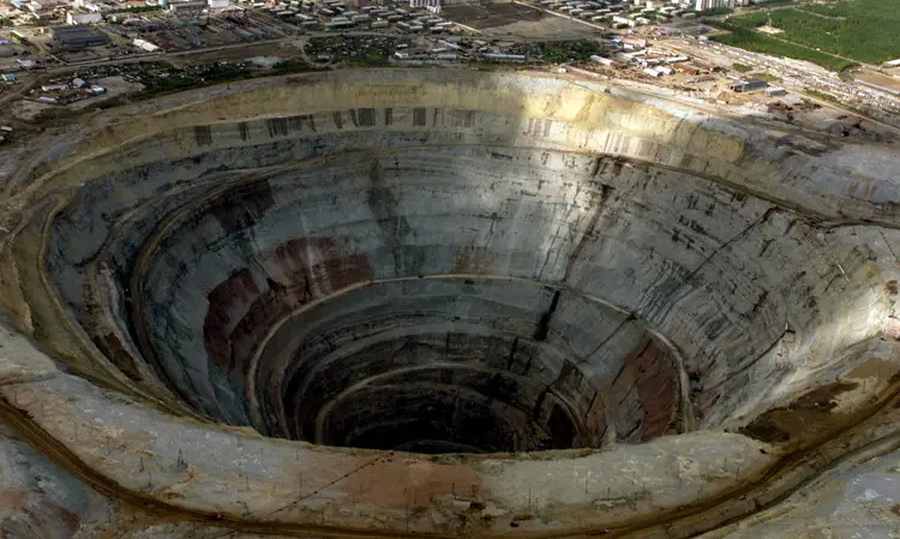
Digging Deep
Their Goal
After establishing this primary objective, they also had another goal. The Soviets wanted to reach 49,000 feet below the Earth’s surface. With specialist equipment, these researchers began digging various boreholes that forked from one cavity.
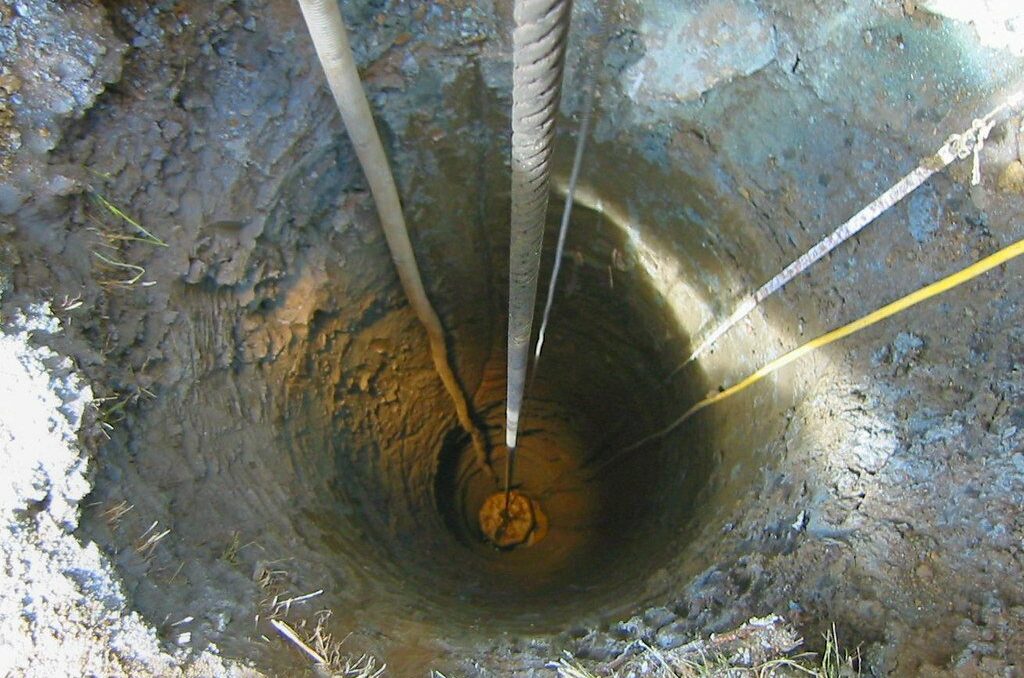
Their Goal
Bertha Rogers Hole
Project Mohole had been shut down. This led Lone Star Producing Company to begin drilling for oil in western Oklahoma. From this drilling, the company landed up forming the famous Bertha Rogers Hole.
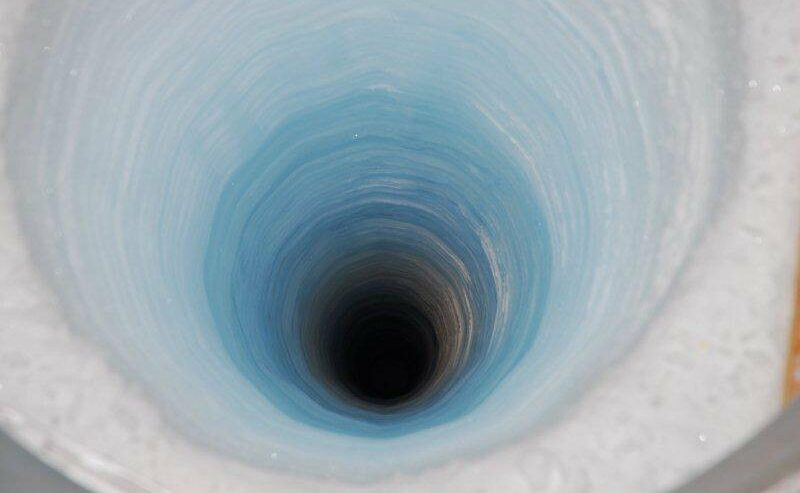
Bertha Rogers Hole
Located
This hole is now looked at as a man-made wonder. It’s situated in Washita County and is more than 31,400 feet below the planet’s surface. This depth was more than six miles, which was quite impressive, especially as this was never the company’s intention.
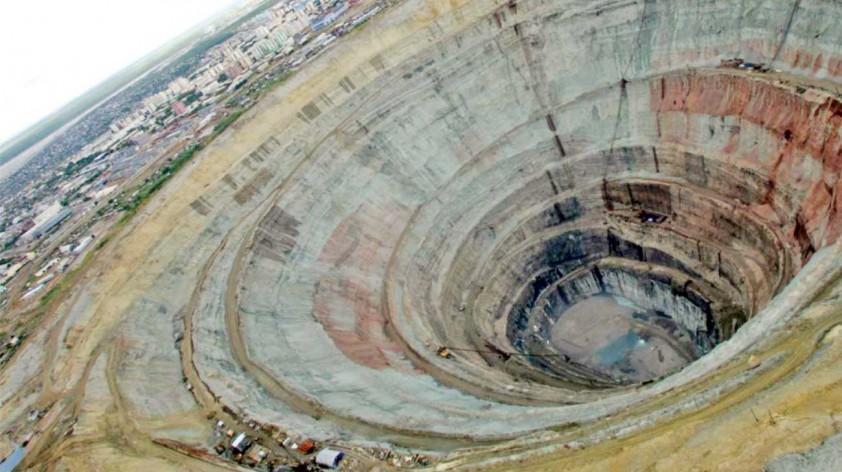
Located
Breaking the Record
Unfortunately, Lone Star had failed in its initial mission to locate oil. Nonetheless, the Bertha Rogers Hole remained the deepest on Earth for more than five years. One of the Kola boreholes called SG-3 broke this record in 1979.
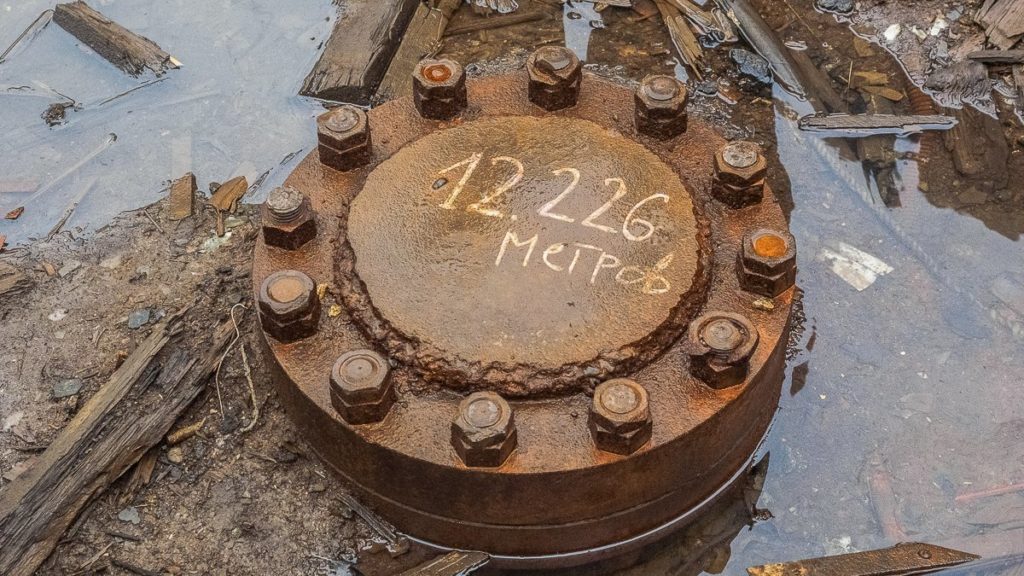
Breaking The Record
Following the Milestone
By 1983, this Kola borehole was more than nine inches wide and had a depth of 39,000 feet. Once researchers reached this depth, they halted operations temporarily. They allowed people to visit this exceptional site for one year.
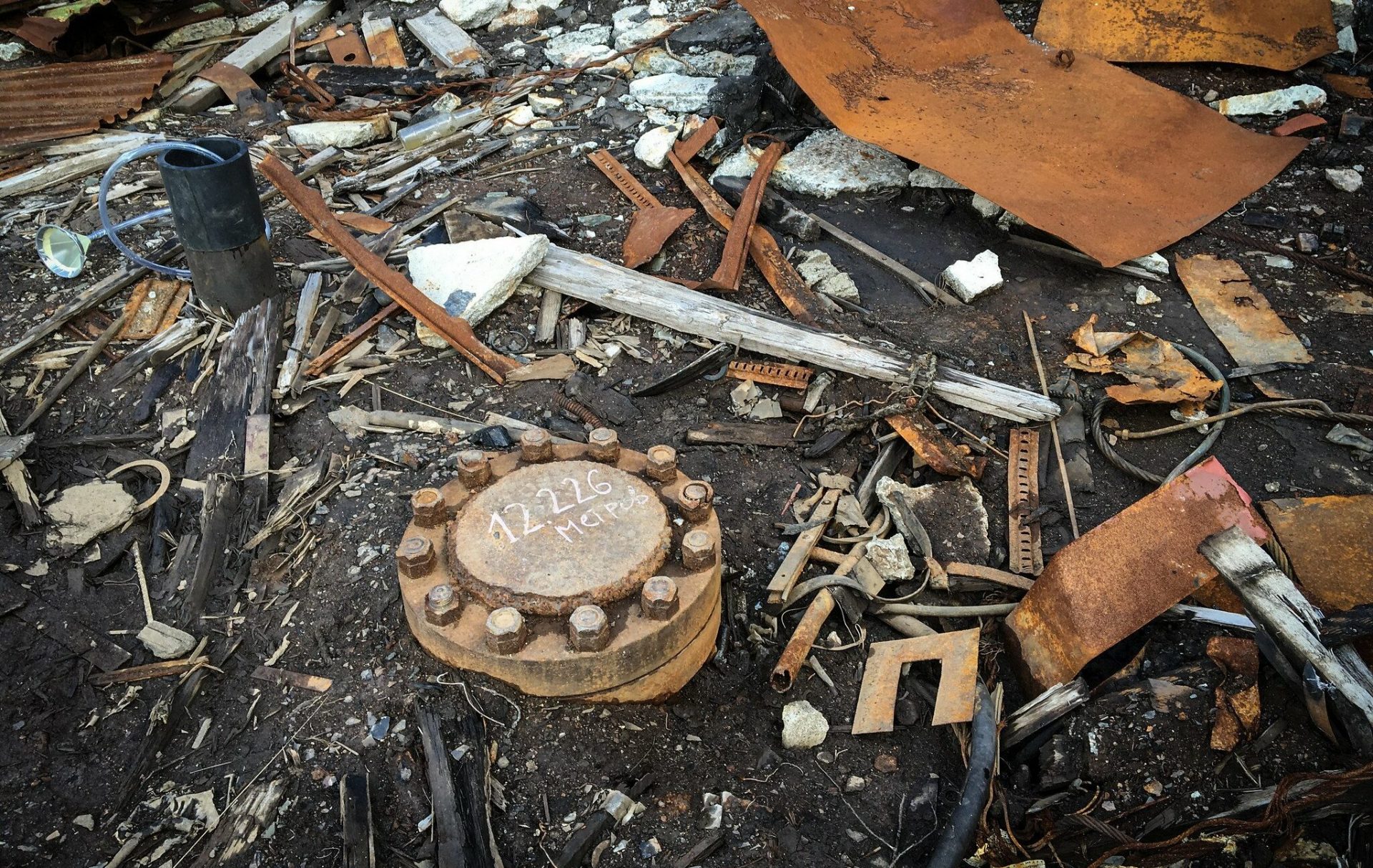
Following The Milestone
Technical Issues
However, once this year was up, they tried to start the project again only for them to run into a technical issue. From here, the project was set aside again. What did the researchers do to fix this technical problem?
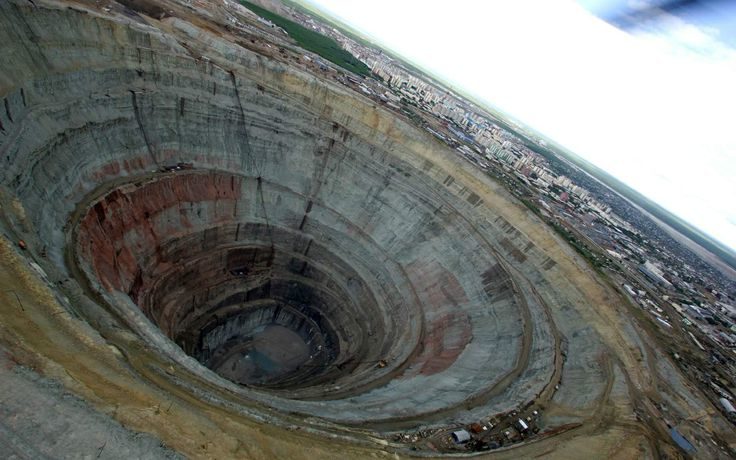
Technical Issues
Not Losing Hope
These researchers had put so much time and effort into this project that they weren’t going to give up. Nonetheless, they had to abandon the first borehole and begin again. This time, they reached an impressive depth of 23,000 feet.
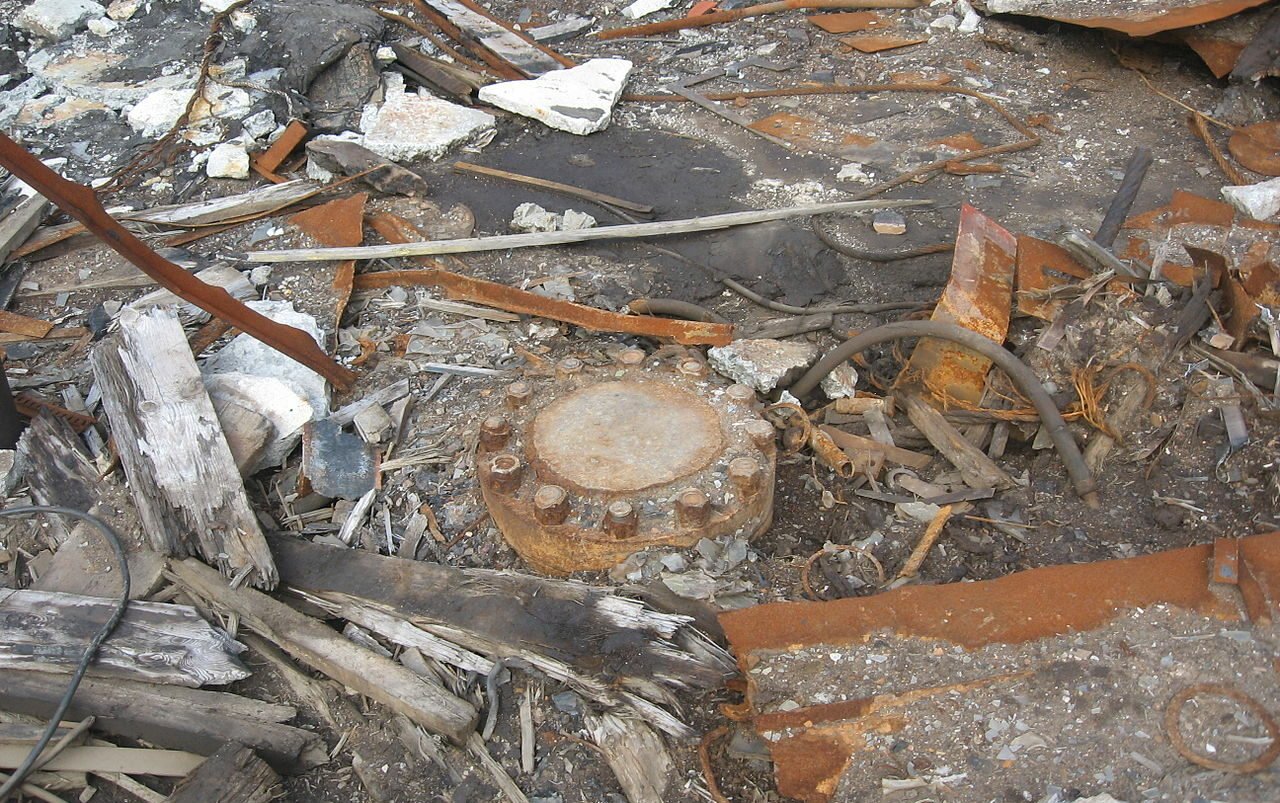
Not Losing Hope
A Broken Record
The project continued and these researchers maintained drilling until they reached a depth of 40,230 feet. This broke the previous record and boosted their self-assurance. The team was determined to reach 44,000 feet by the end of 1990.
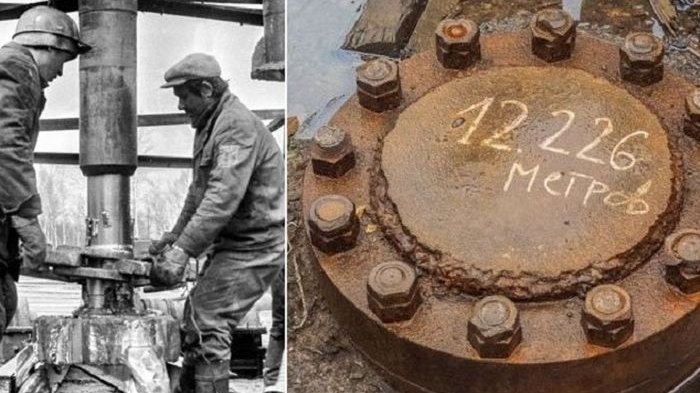
A Broken Record
Something Down There
It was impressive when they predicted that the team was capable of digging further down to reach a depth of 49,000 feet by 1993. Yet, they didn’t expect there to be an issue lurking beneath the remote tundra.
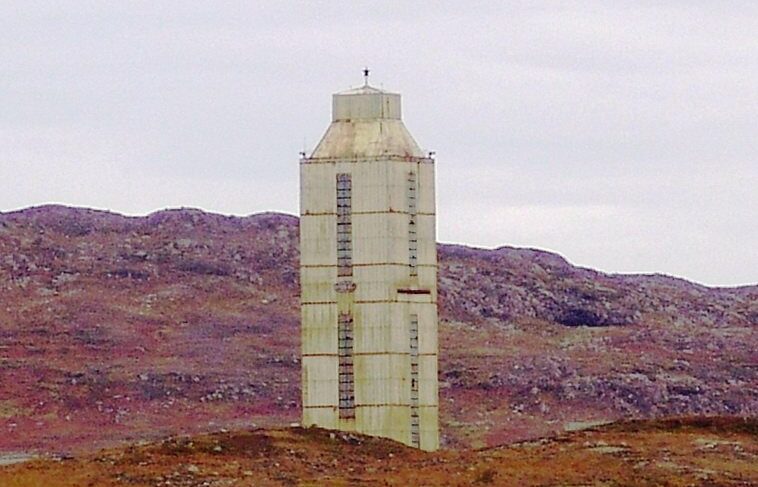
Something Down There
Reconsider Their Strategy
As the team continued approaching the Earth’s core, they collided with something that made them reconsider their initial strategy. It altered the team’s entire plan. They needed to head back to the drawing board to see how they could overcome it.
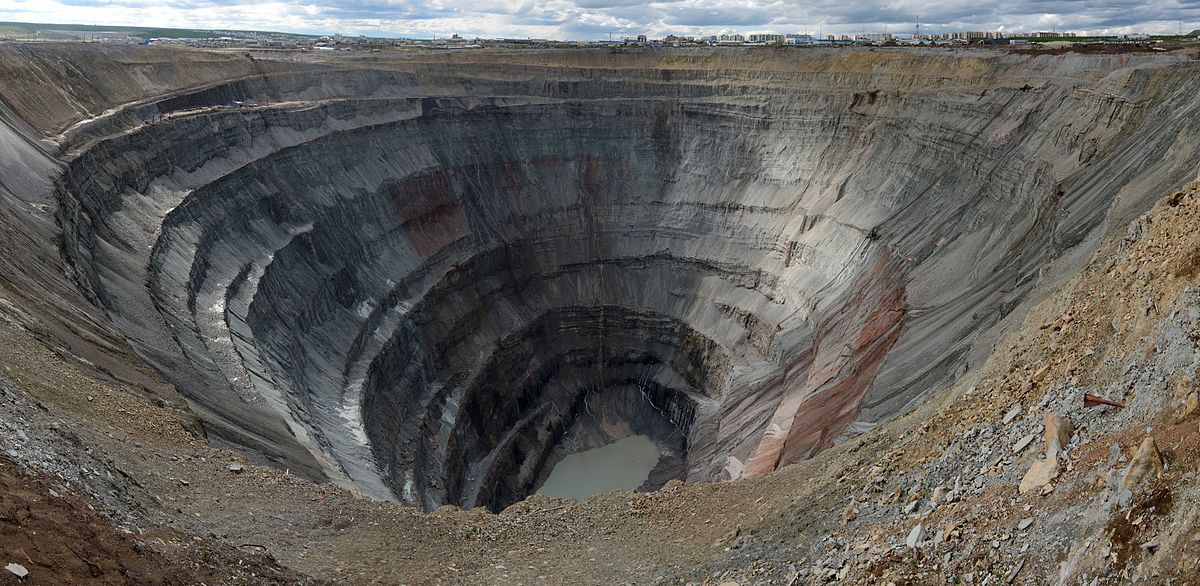
Reconsider Their Strategy
Unexpected Temperature
The temperatures these researchers experienced in the borehole were more or less as they had expected. However, things changed once they reached 10,000 feet. The temperature was getting hotter and it was becoming a problem for their plans.
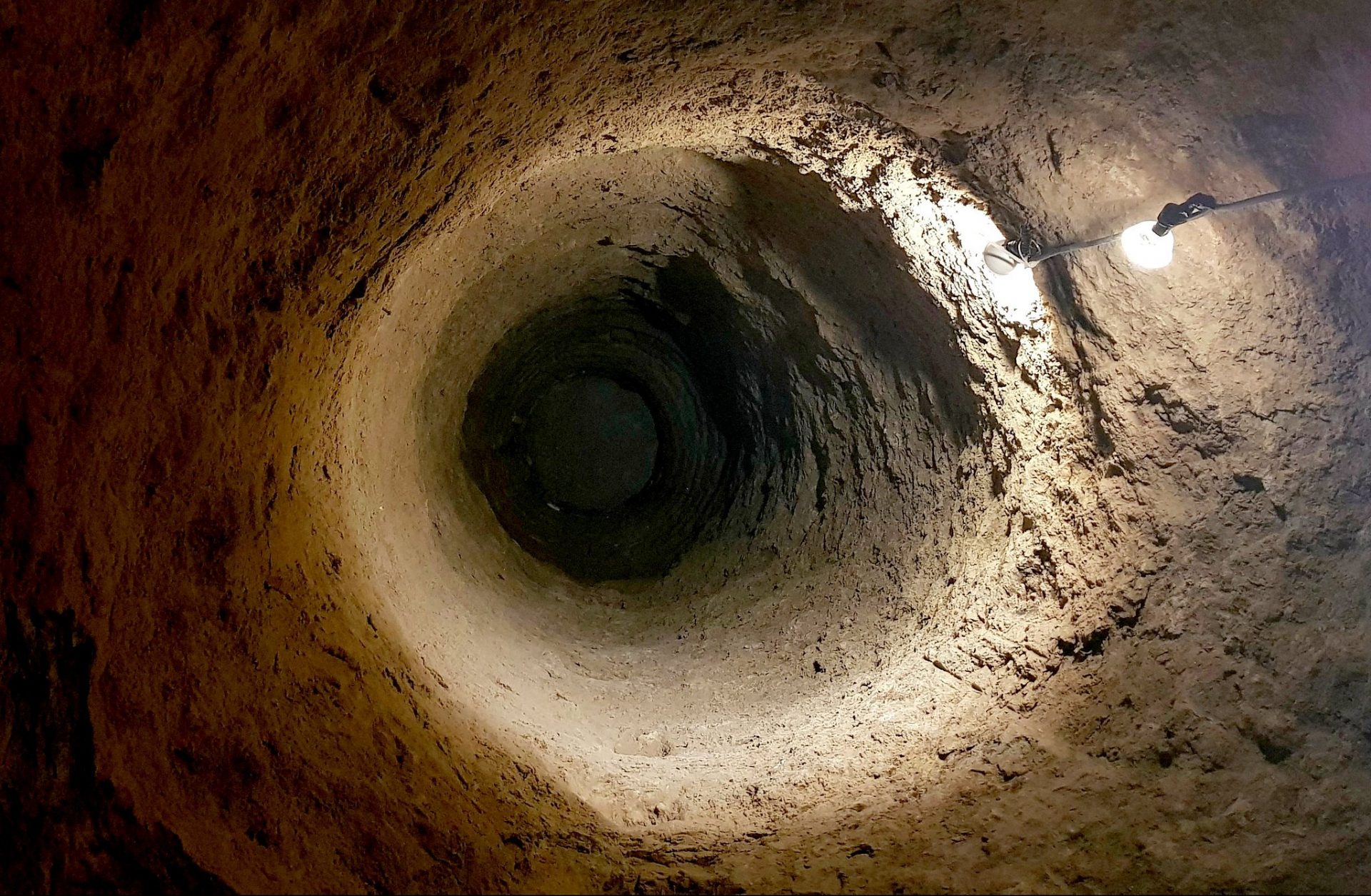
Unexpected Temperature
A Temperature Change
The temperature drastically changed once they had dug up to 10,000 feet. At this time, the temperature had surpassed 356 degrees Fahrenheit. This was 176 degrees Fahrenheit hotter than what the team had expected to encounter.
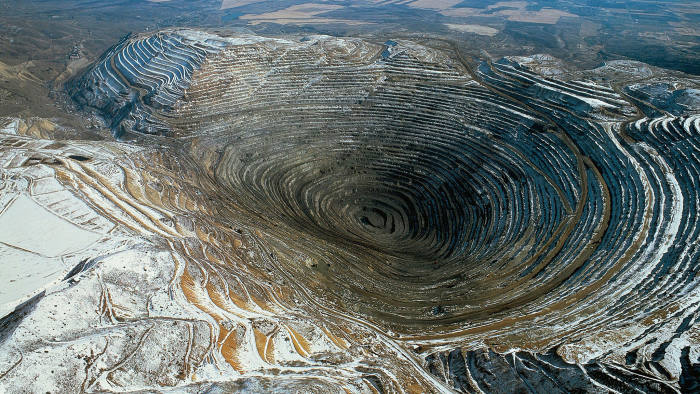
A Temperature Change
Even More
The drastic temperature difference wasn’t the only problem the team faced. Additionally, the researchers learned that the rocks at this depth were less dense than they once thought. This caused higher and unpredictable temperatures.
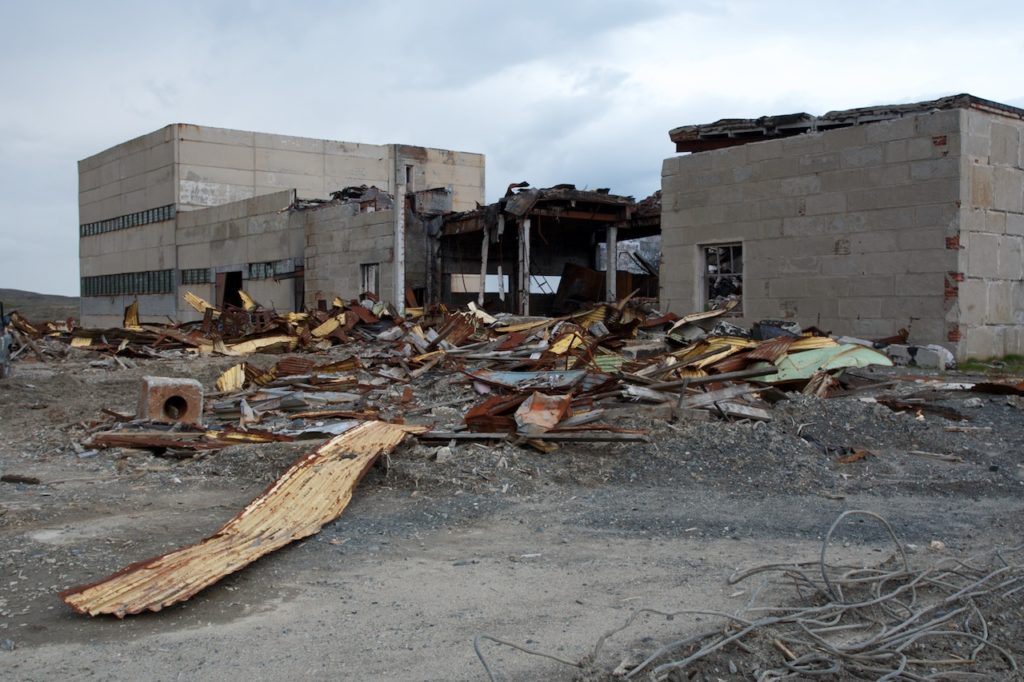
Even More
Abandoning
Once the team understood the new conditions they were working with, they decided to cancel the project. They made this decision because they knew the equipment couldn’t last in such unpredictable and hot conditions. At this time, it had been 22 years since they started the project.
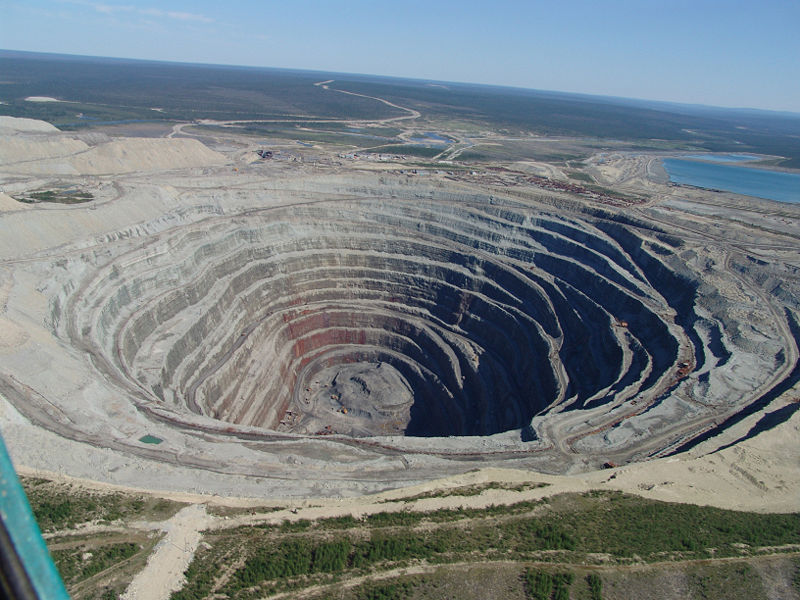
Abandoning
The Kola Superdeep Borehole
Before closing up what is now known as the Kola Superdeep Borehole, the team of researchers found out some fascinating things. At approximately four miles deep, they found small fossils of marine plants. This was certainly a fascinating find.
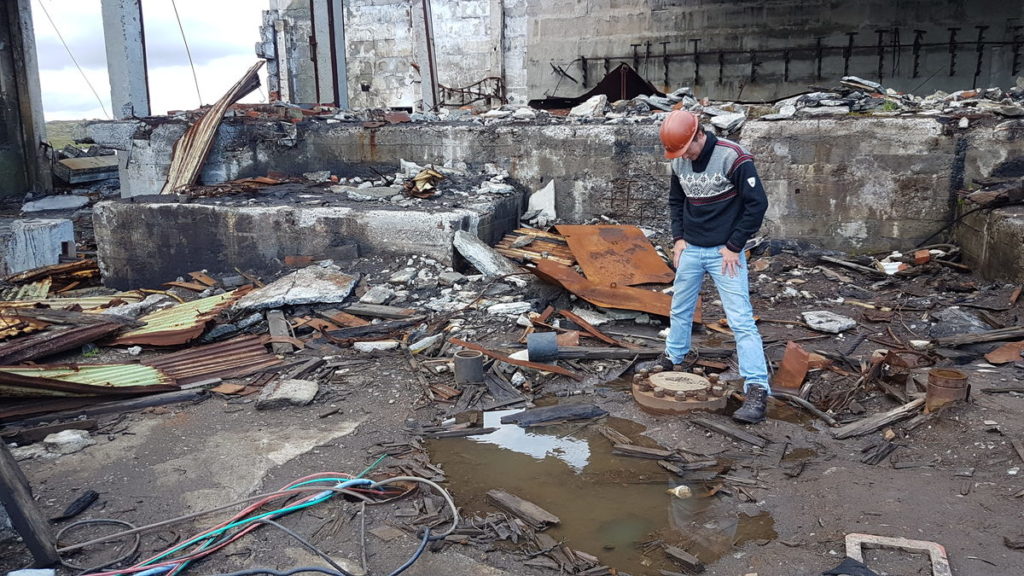
The Kola Superdeep Borehole
Their Findings
The relics these researchers found were in pristine condition. This was impressive considering how long these fossils had been buried underneath the rock. Additionally, the team of researchers believed that the rock itself was over 2 billion years old.
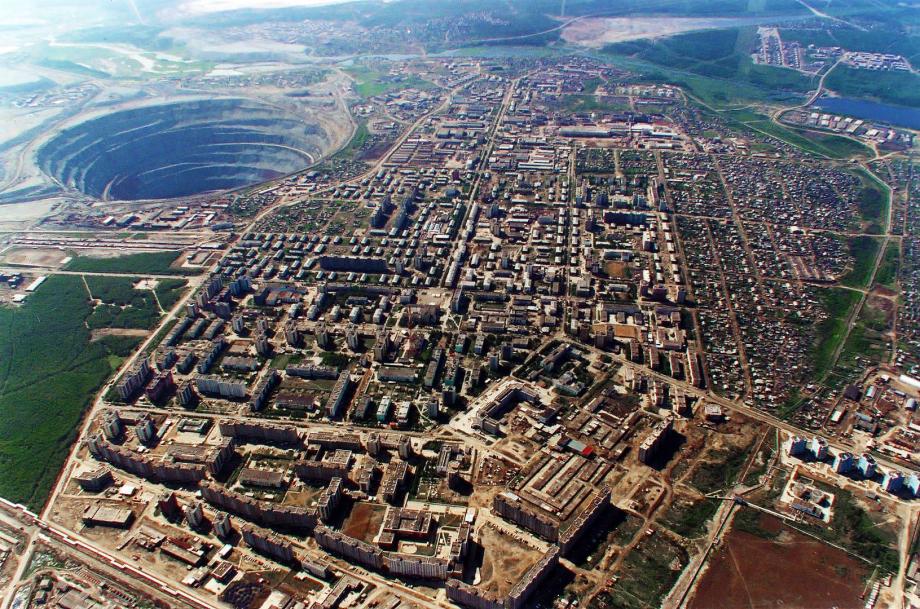
Their Findings
A Thrilling Discovery
Even more exciting discoveries were made on the way down to the farthest points of the Kola Superdeep Borehole. Experts had previously assumed that the rock underneath us changed from granite to basalt after surpassing 2 to 4 miles underneath the Earth’s surface.
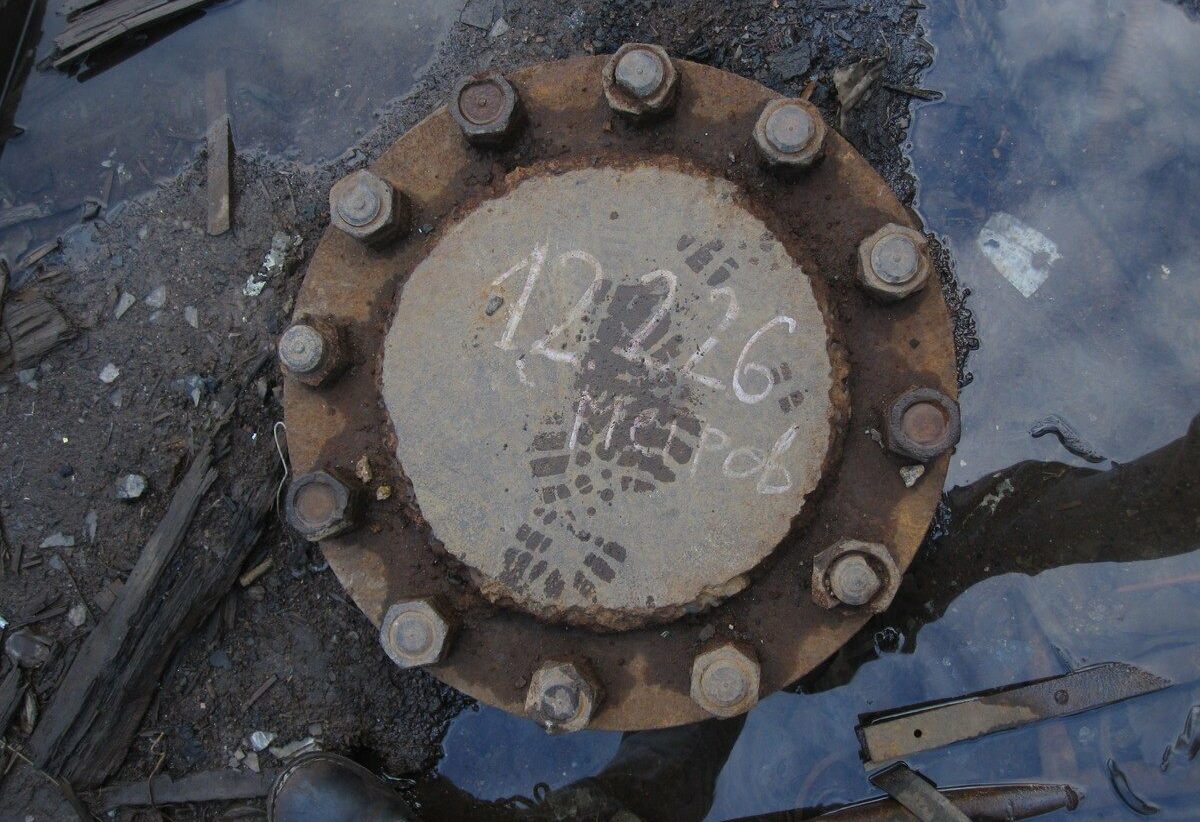
A Thrilling Discovery
Mistaken
Thanks to the discoveries found in the Kola Superdeep Borehole, they found that this theory was wrong. However, this only applies to the area of the Kola Peninsula. After this, a couple more discoveries unfolded leading to something entirely unexpected.
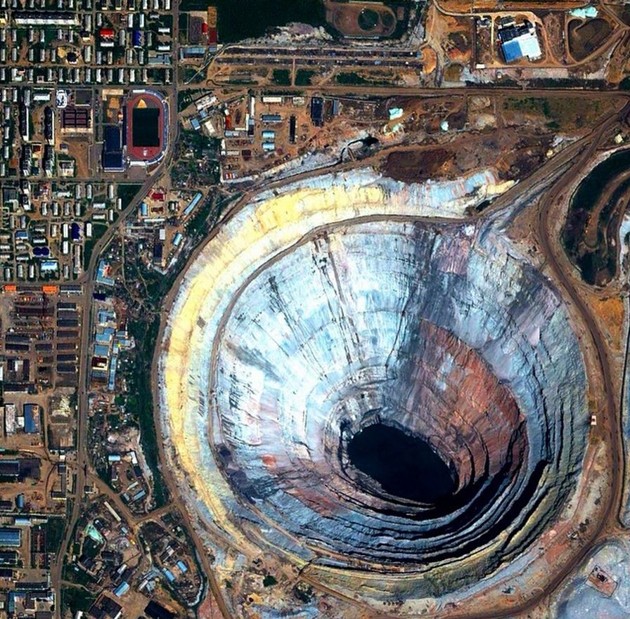
Mistaken
Still Granite
Researchers found that there was still granite even at the bottom of the borehole. As time passed, they concluded that the seismic wave change was caused by the metamorphic differences in the rock rather than a shift to basalt.
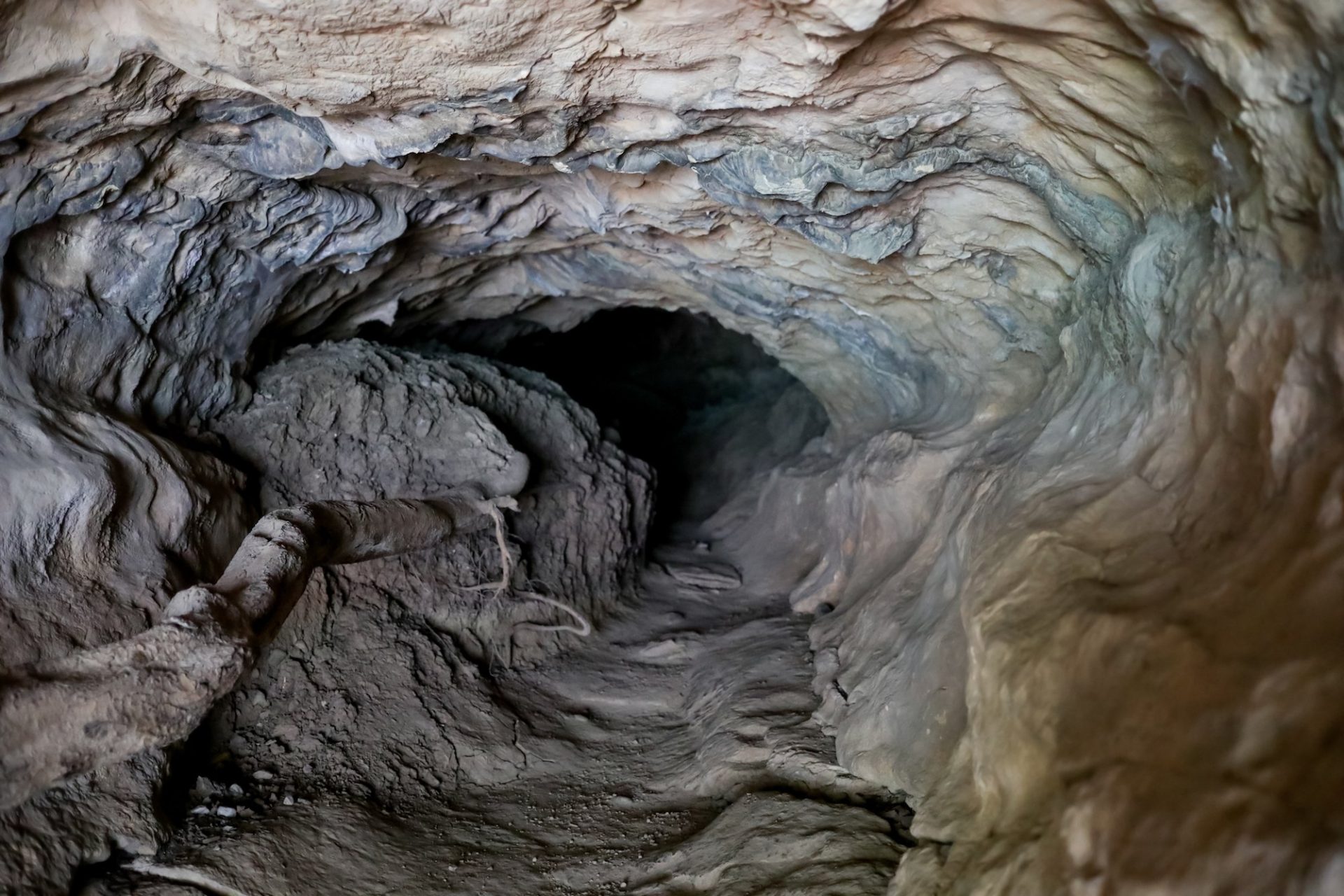
Still Granite
Something Exceptional
Additionally, the researchers discovered flowing water a few miles below the Earth’s surface. This was a spectacular discovery, as they didn’t expect to find any water this far down in the Earth, but that’s not all!
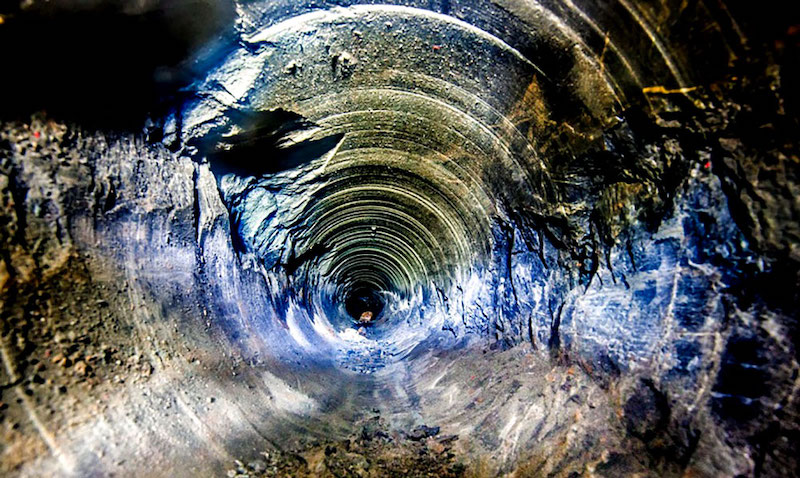
Something Exceptional
Proof of a Biblical Flood
After hearing about this discovery, many enthusiastic people decided that this water was proof of a biblical flood. However, the presence of this water is thought to be caused by strong pressure forcing oxygen and hydrogen atoms out of the rock.
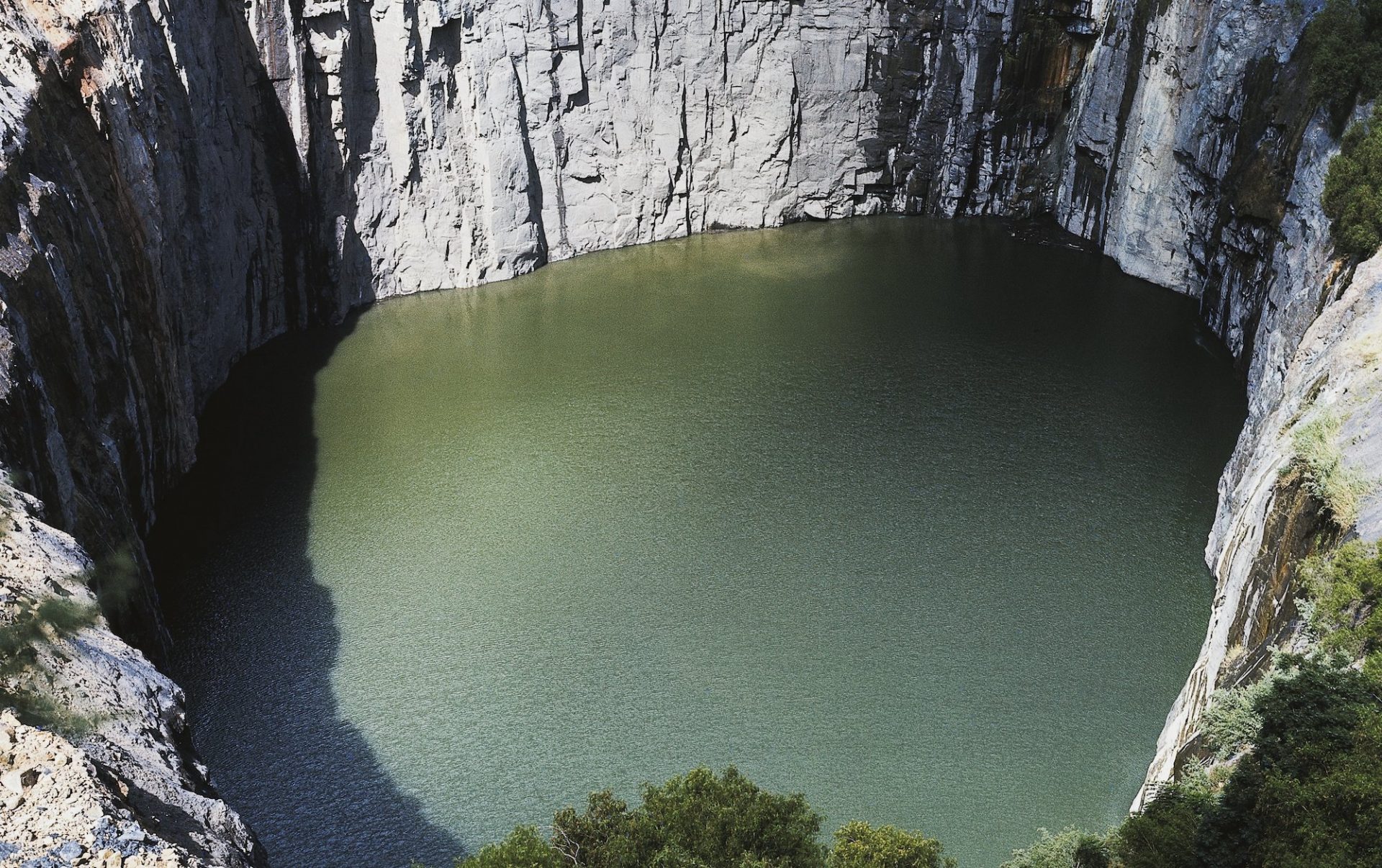
Proof Of Biblical Flood
Trapped Underneath the Surface
From here, impermeable rocks trap the new formation of water beneath the surface. This is the theory researchers created when they found this water so far below the Earth’s surface. However, people still had other ideas.
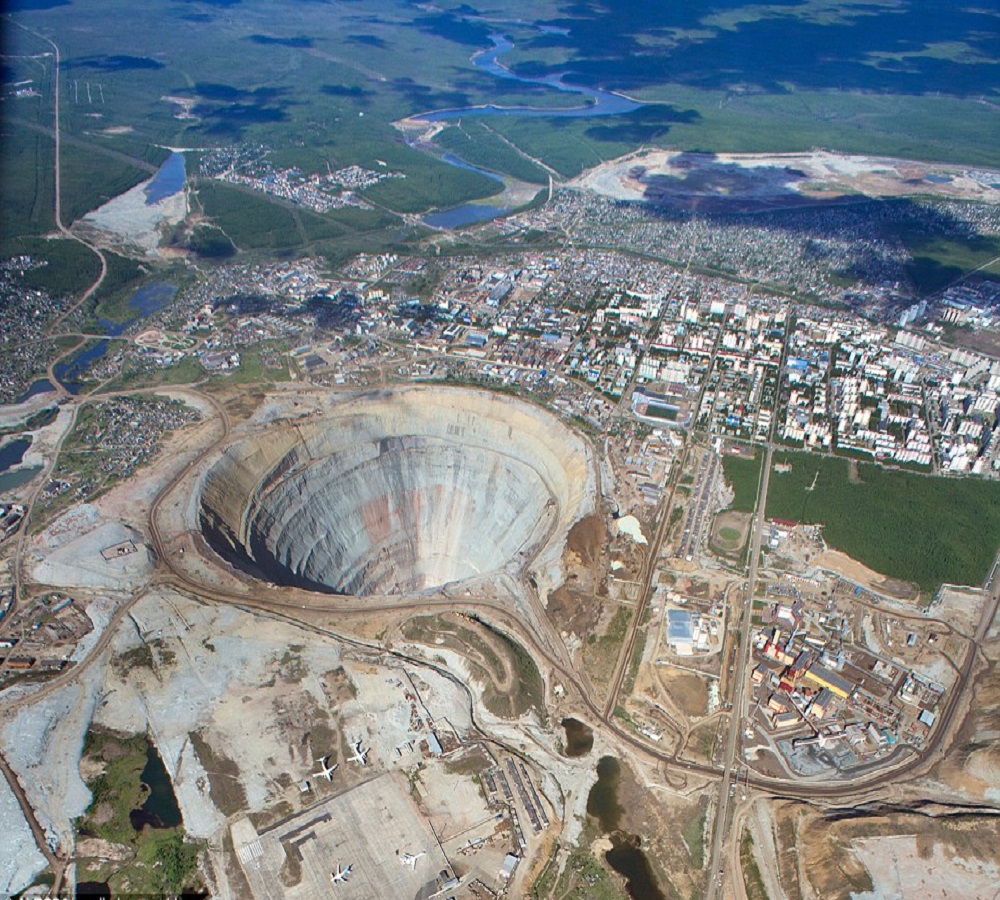
Trapped Underneath The Surface
A Closure and Collapse
When the Kola Superdeep Borehole was closed, the Soviet Union was also on the verge of collapsing. By 1995, the team had permanently shut down the project. At this time, it was also considered an environmental hazard.
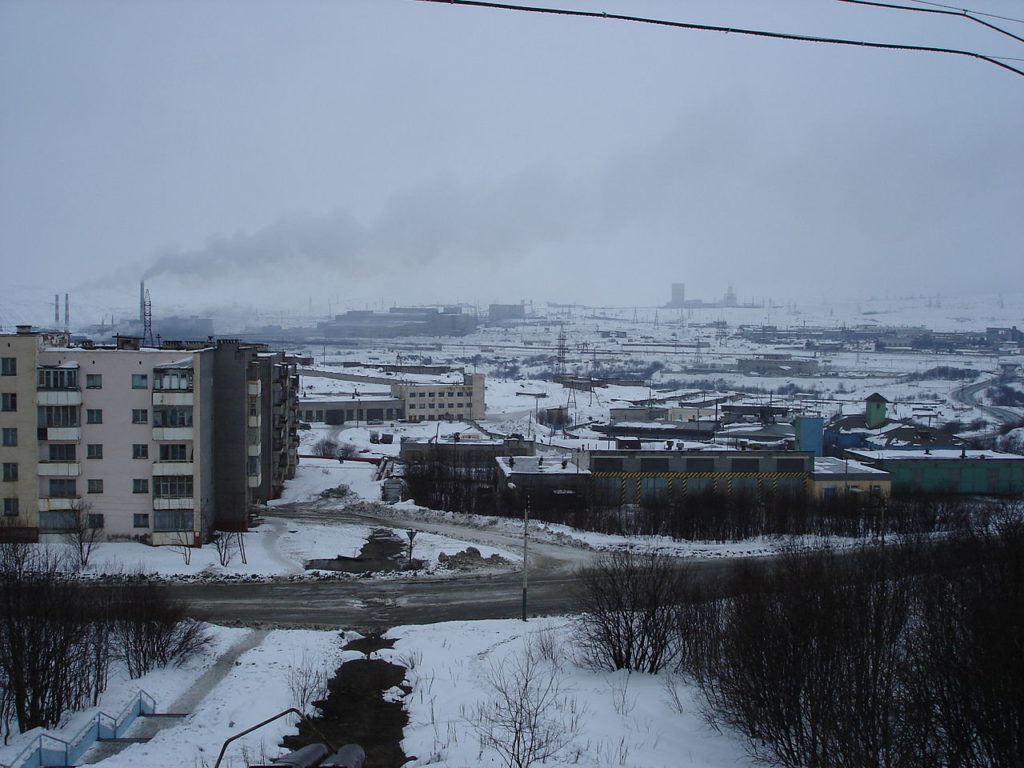
A Closure And Collapse
Racing to the Center
Nonetheless, the race to reach the Earth’s center isn’t over. Drilling platforms are present in the oceans and continue to explore what is lying below the seafloor. These drilling platforms are provided by the International Ocean Discovery Program.
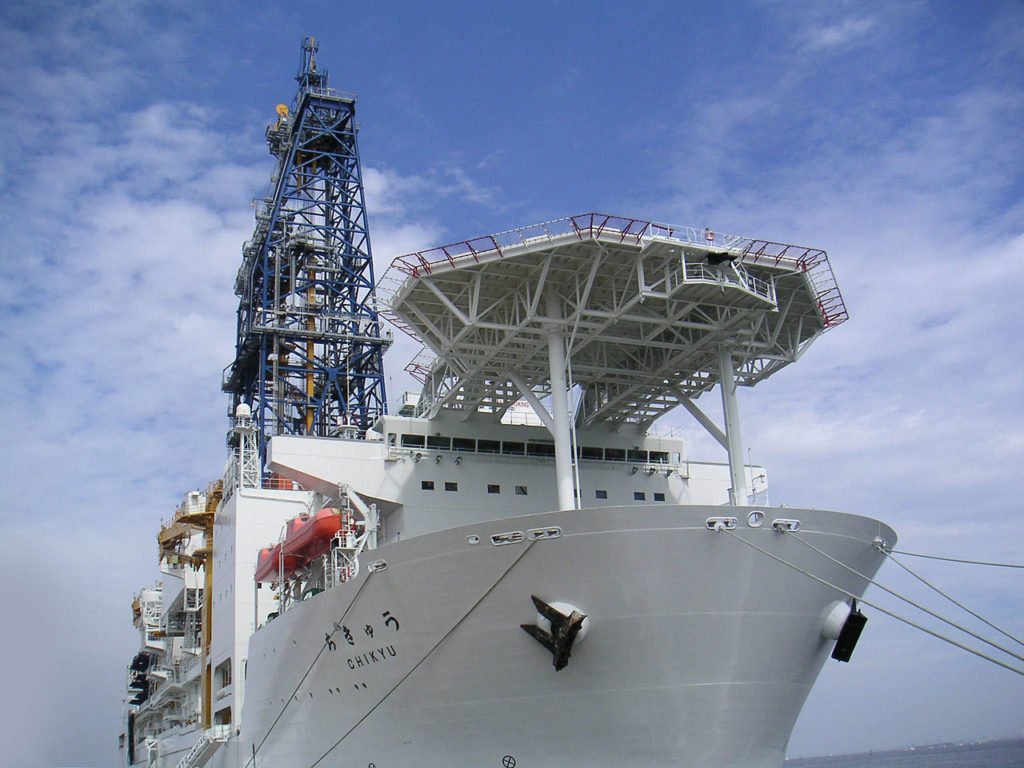
Racing To The Center
Below the Waterline
These platforms manage extreme temperatures and any failing equipment to see what secrets the Earth has to reveal. Besides trying to reach the mantle, exploration under the water also takes place to discover what might be lurking.
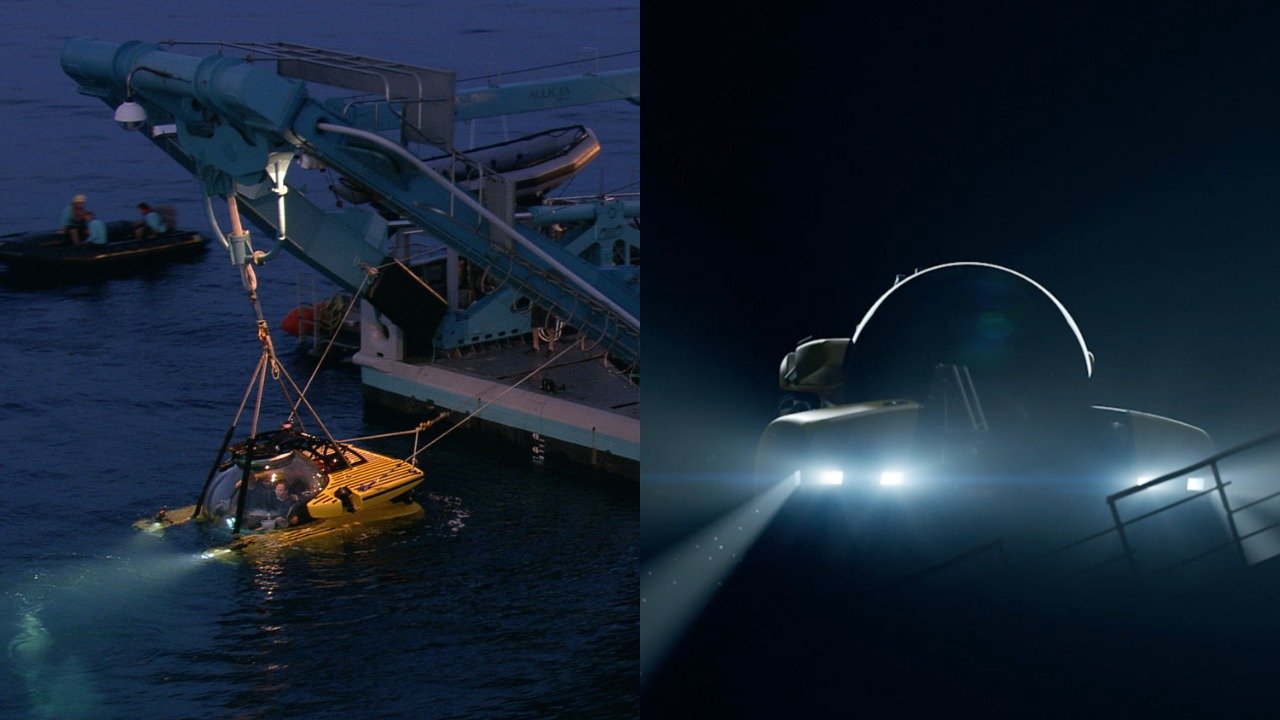
Below The Waterline
Careful Planning
Submarines have been sent to travel close to the South Pole. It took two years to figure out the right time and place to make this dive. There was still much uncertainty, as we understand more about space than the ocean floor.
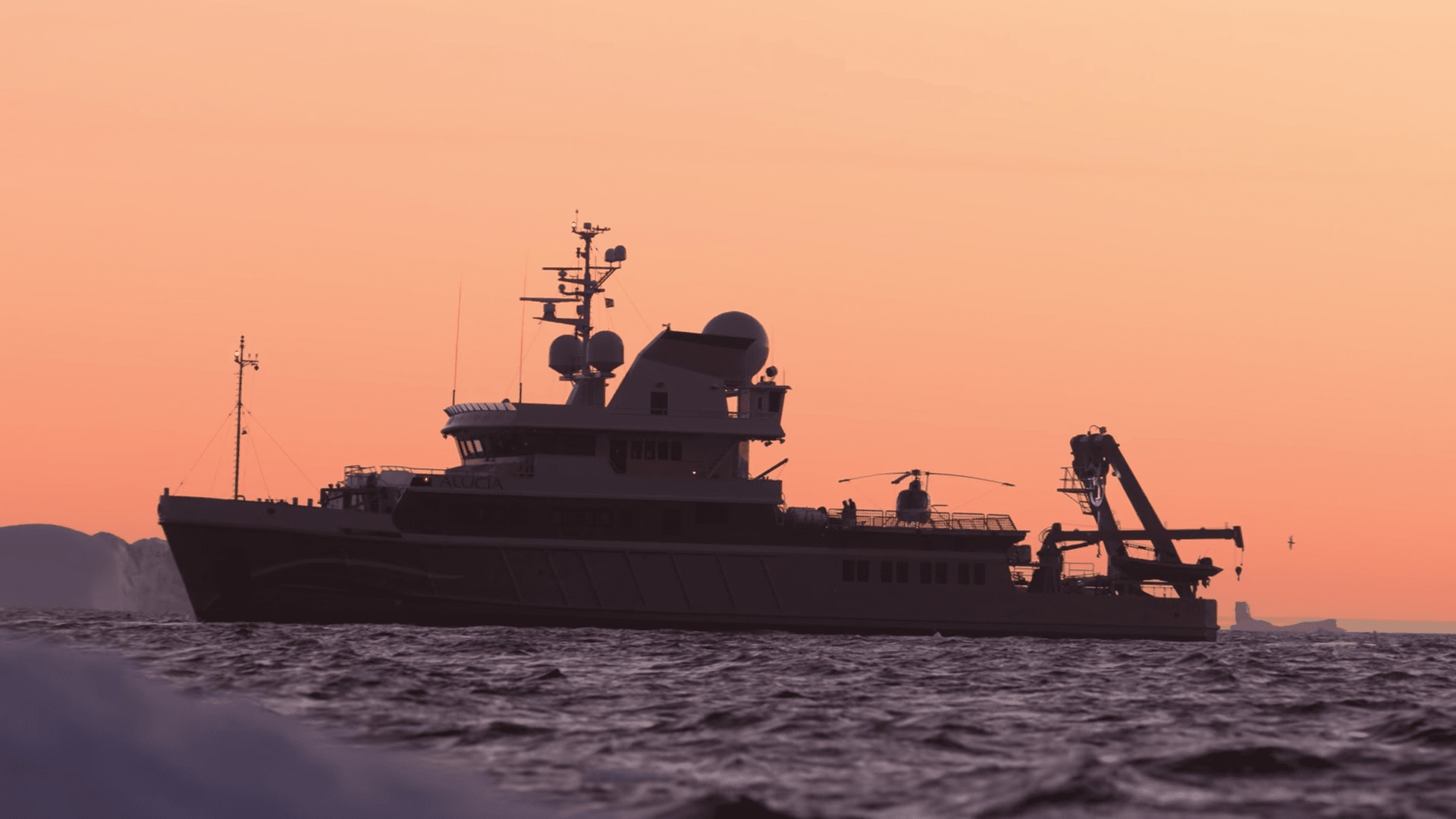
Careful Planning
Little Knowledge
The bottom line is that we know more about the surface of Mars than we do about the ocean floors surrounding us. This made planning this Antarctic project challenging and interesting. Scientists had to find out where would be the best place to make this dive.
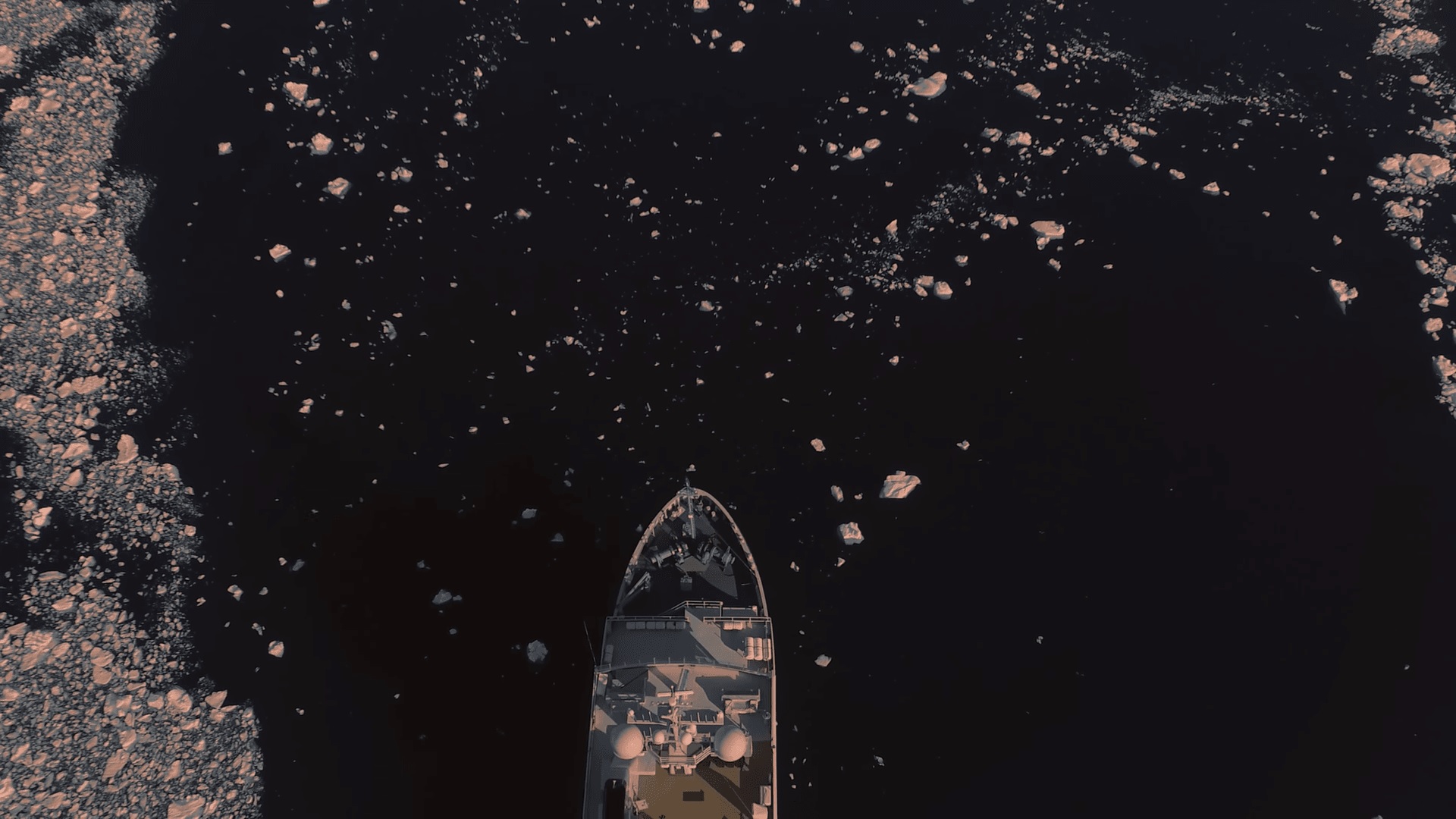
Little Knowledge
Not Easy
The team of scientists decided that the best place to make this dive would be in an area called ‘Iceberg Alley.’ This alley creates a channel close to one of the northernmost points in the Antarctic Peninsula and is surrounded by shifting ice chunks.
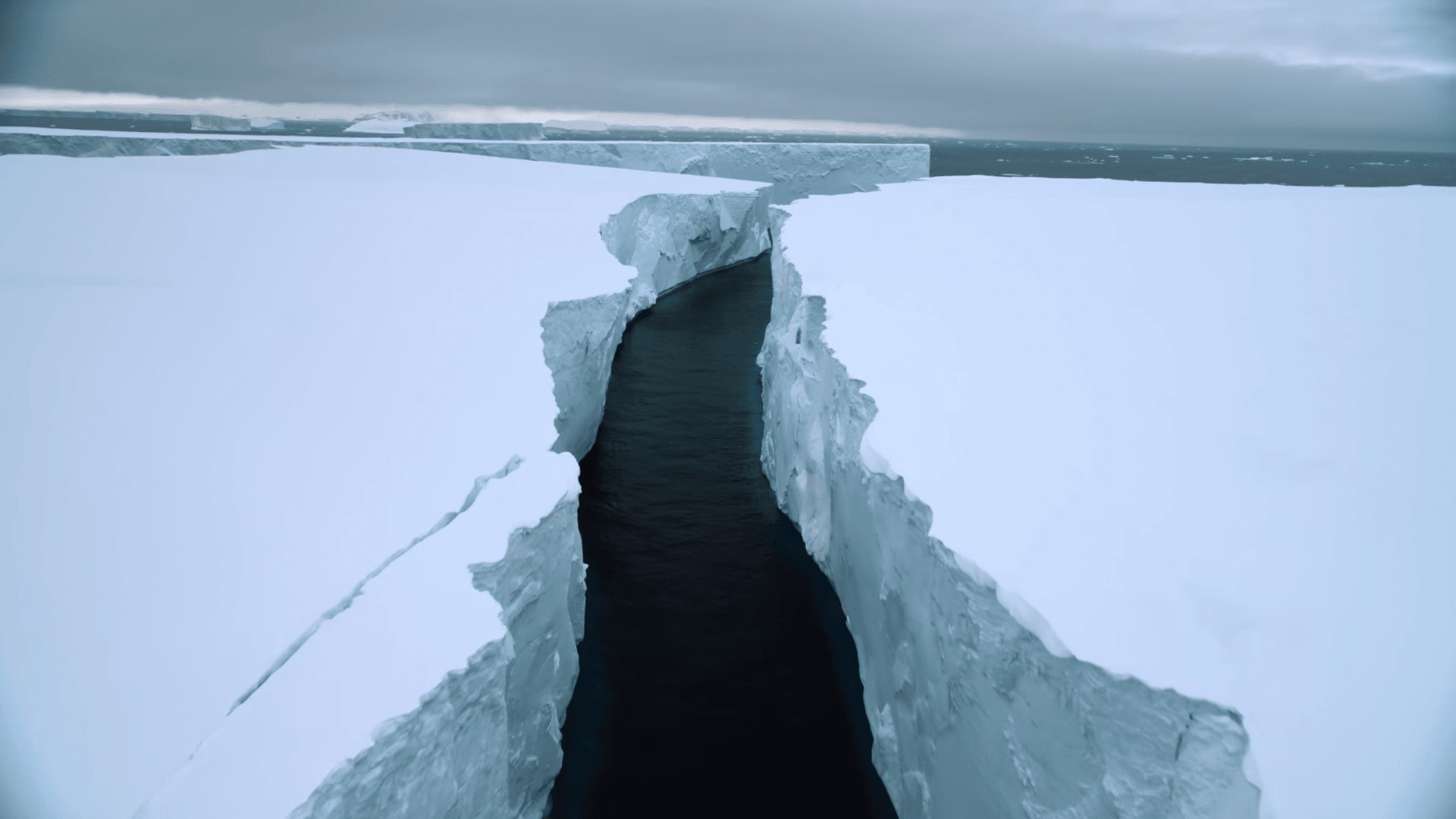
Not Easy
The Antarctic
The crew wanted to venture into the unknown to discover more. However, they had been met with many setbacks on the way to making this dive. It wasn’t only finding the best position that made it difficult to perform. There were other factors.
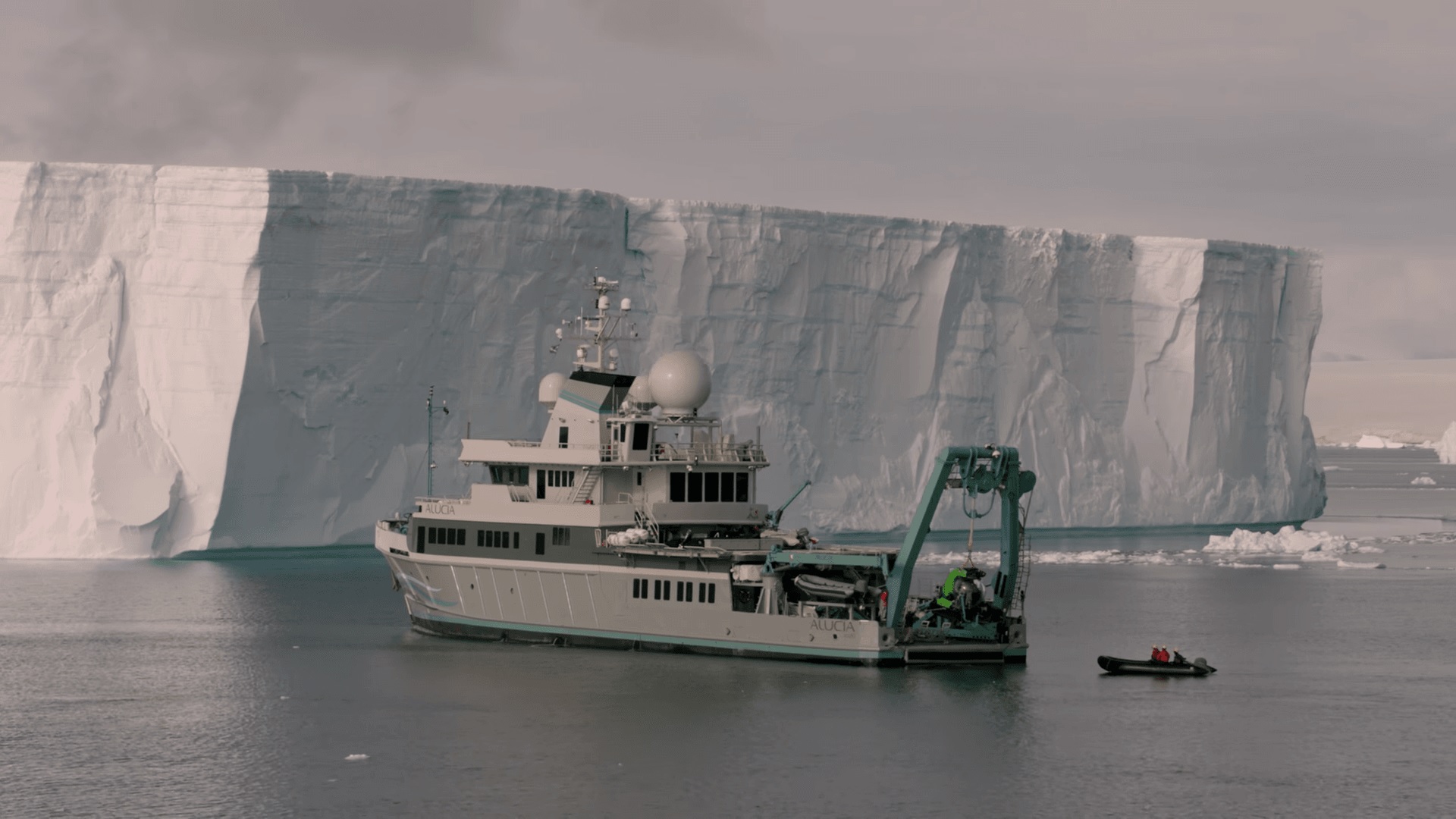
The Antarctic
The Unknown
The biggest issue was that the crew was at a massive disadvantage. Not enough information on the ocean or this specific area was available to ensure the crew were making the right decisions. It only proved that more exploration needed to be performed.
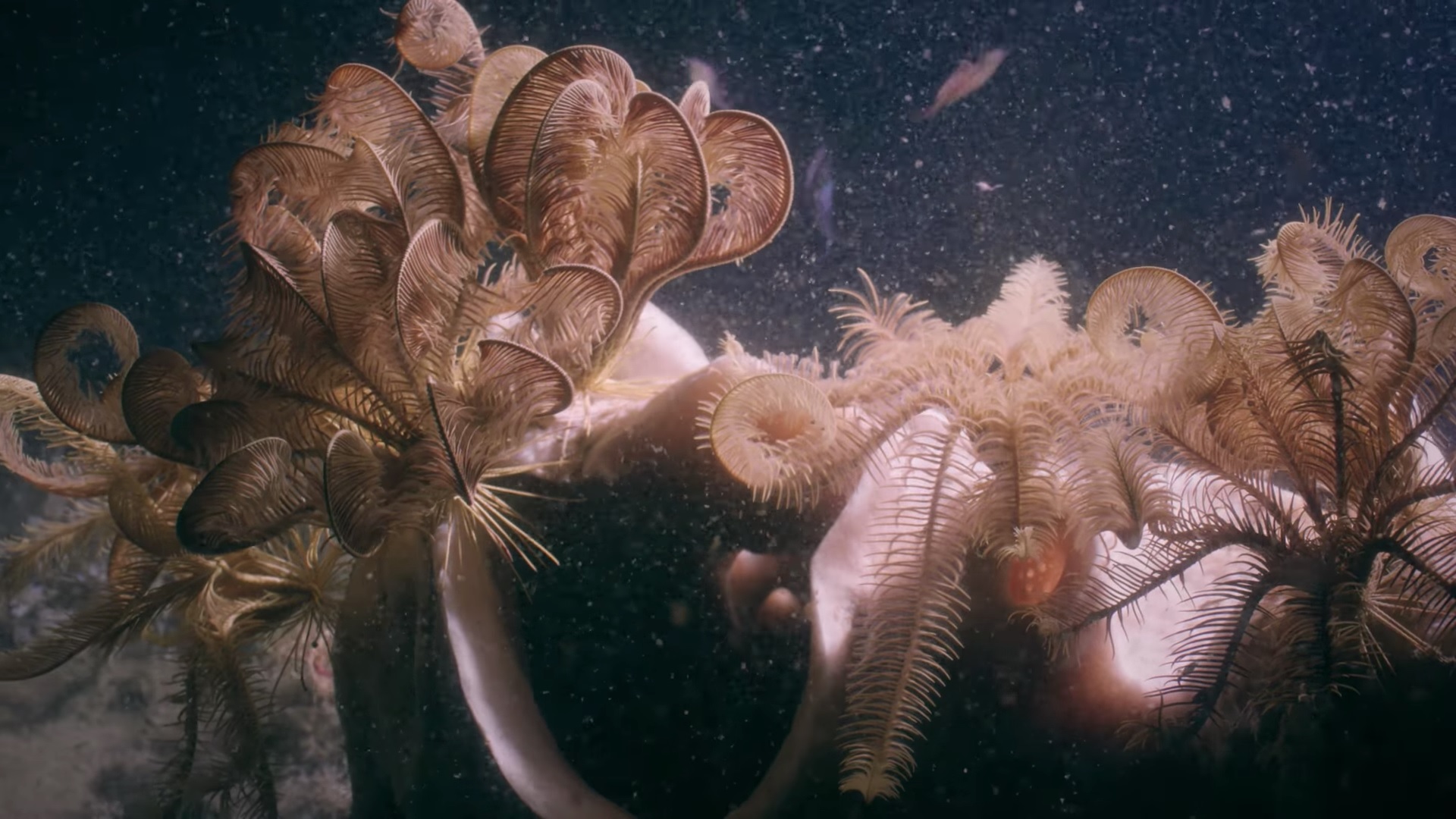
The Unknown


